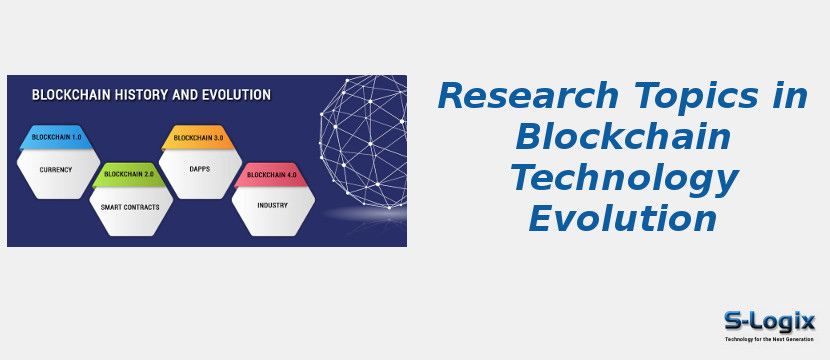The concept of the blockchain model assists in rectifying various issues of enterprises. So, blockchain technology quickly evolves from version 1.0 to 4.0.
• Blockchain 1.0 and Cryptocurrency: The implementation of blockchain technology 1.0 is mainly focused on cryptocurrencies. Cryptocurrencies are digital assets or money that act as a secure financial transaction medium. Blockchain 1.0 permits financial transactions with bitcoin based on distributed immutable blockchain ledgers. Cryptocurrencies are being used as internet cash, and the cryptocurrency-based digital payment system is the enabler of the internet of money. Nearby 2000 cryptocurrencies are circulated worldwide. Blockchain 1.0 necessitates huge verification cost, lacks to prevent fraudulent activities, requires centralized arbitration, and need high execution time, which hinders the performance efficiency of blockchain 1.0.
• Blockchain 2.0 and Smart Contracts: To rectify such issues of blockchain 1.0, blockchain 2.0 uses smart contracts. The major use case of smart contracts is enterprises. Smart contracts are executed automatically based on the pre-defined agreements of two parties. It neglects the interaction of third parties in the transaction and ensures trusted, secure transactions with minimum cost. The smart contacts perform the conditions like facilitation and verification of a contract automatically.
• Blockchain 3.0 and Decentralized Applications: The decentralized applications (DApp) avoid centralized infrastructure. Generally, the data of internet users are managed by the big five, like Google, Apple, Microsoft, Facebook, and Amazon. They can monetize the user data, but they need permission to share it with governments and other agencies. Such data types are vulnerable to hacking activities, and users may lose their data. Such data management systems are mostly centralized, and a single point of failure may lead to breaking the entire system. Blockchain 3.0-based decentralized applications are a promising way to solve such issues. Unlike conventional centralized models, the DApps have frontend codes and a decentralized storage system, resulting in high efficiency.
• Blockchain 4.0 and Industrial Applications: The Blockchain 4.0 version offers different cryptocurrency-based decentralized solutions to satisfy business demands, especially in web 3.0 and industry 4.0 demands. Industry 4.0 defines various execution systems that satisfy the automation, manufacturing, and resource planning of enterprises. The key essentials of industrial 4.0 applications are trust and privacy. Blockchain 4.0 kicks in and ensures secure decentralized models for such an industry. Adding Blockchain to information systems permits cross-system or cross-blockchain business strategies such as the safety of machines and automotive placements. Blockchain 4.0 empowers supply chain management systems, workflow approval strategies, financial transactions, data collection in the internet of things environment, healthcare data management, condition-based payments, and assets management. Moreover, blockchain 4.0 means implementing blockchain version 3.0 as most usable in real-life business and industrial environments. Thus, Blockchain comes to life by satisfying various demands of industry 4.0.
